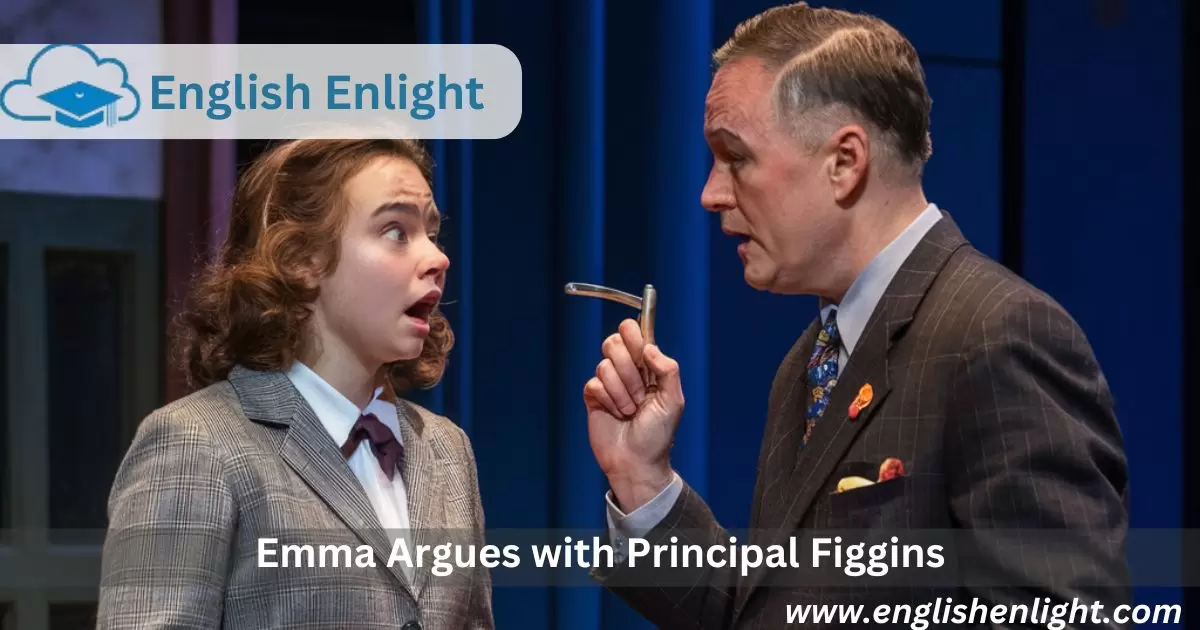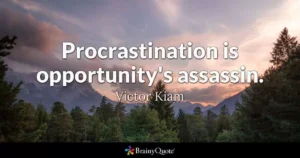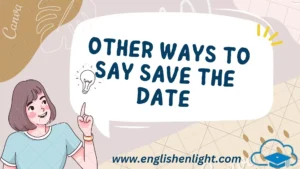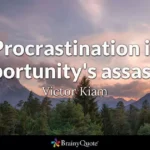Introduction
“Emma Argues with Principal Figgins” delves into a confrontation highlighting communication challenges between Emma and Principal Figgins, prompting reflection on constructive dialogue. The narrative offers insights into student-administrator dynamics and underscores the importance of proactive conflict resolution in educational settings.
“Emma Argues with Principal Figgins” is a narrative piece recounting a confrontation between Emma and Principal Figgins. In this scenario, Emma expresses her disagreement or dissatisfaction with something to Principal Figgins, leading to a debate or exchange of opinions. The focus is on the conflict between Emma and Principal Figgins, highlighting the tension and emotional elements involved in their interaction.
Readers are encouraged to reflect on the importance of effective communication and conflict resolution skills highlighted in “Emma Argues with Principal Figgins.” It prompts us to consider how we handle disagreements and how we can express our concerns constructively. Take a moment to assess your own communication style and consider how you can engage in productive dialogues even in challenging situations.
“Emma Argues with Principal Figgins” provides insight into the dynamics of student-administrator relationships and the challenges that can arise within educational settings. By depicting a realistic scenario, the article offers a window into the complexities of school environments and the importance of open and respectful communication between students and authority figures. Through Emma’s experience, readers gain a deeper understanding of the consequences of miscommunication and the benefits of addressing conflicts proactively. Remember, effective communication is key to resolving conflicts and fostering positive relationships in any setting.
The Glee TV SHOW Where EMMA Argues with Principal Figgins
The Glee TV show aired from 2009 to 2015, captivating audiences with its blend of musical performances and high school drama. Led by Emma, the school counselor, portrayed by Jayma Mays, the show explored various social issues through the lives of its diverse cast. One notable storyline featured Emma’s conflict with Principal Figgins, played by Iqbal Theba, over disciplinary measures within the school.
Throughout the series, Emma advocated for a more compassionate approach to discipline, often at odds with Principal Figgins, who favored stricter measures. Their clashes provided insight into the challenges faced by educators and administrators in balancing discipline with empathy. The tension between Emma and Principal Figgins highlighted the complexities of managing a diverse student body while upholding school policies, resonating with audiences worldwide.
Key details about the show
Behind the scenes of the Glee TV show, budget battles were a recurring challenge for the production team. Despite its popularity, the show faced constraints in funding, necessitating creative solutions to maintain its high production value. From securing rights to iconic songs to designing elaborate musical numbers, every aspect of the show required meticulous planning to stay within budget.
Budget Battles

The budget battles also influenced storyline decisions, prompting writers to focus on character-driven narratives rather than elaborate set pieces. Despite these constraints, the show’s creative team embraced the challenge, delivering memorable performances that resonated with audiences. The behind-the-scenes struggles added depth to the show’s narrative, reflecting the real-world pressures faced by those in the entertainment industry.
Emma Argues with Principal Figgins Over Discipline
Emma’s confrontation with Principal Figgins unveils concerns about disciplinary measures in the school. Figgins asserts strict policies, while Emma questions their effectiveness.
Principal Figgins defends disciplinary actions as necessary for maintaining order. However, Emma argues for alternative approaches to foster understanding and growth.
Emma proposes restorative justice practices to address misconduct. She emphasizes communication and rehabilitation over punitive measures. This sparks a debate on the efficacy of traditional disciplinary methods.
Impact and Discussion
Reducing Repetition: By avoiding duplicate data, researchers and analysts can streamline their findings, enhancing clarity and efficiency. Duplicate data can confuse analysis and lead to inaccurate conclusions.
Enhanced Insights: Eliminating duplicate data allows for a more accurate understanding of trends and patterns. This ensures that decisions and strategies are based on reliable information, ultimately improving outcomes.
“Wordle Mastery: Tom’s Guide Hints, Strategies & Daily Updates”
Rena Monrovia When You Transport Something By Car“
Advocating for Clubs and Programs
Diverse Opportunities: Encouraging clubs and programs cultivates a sense of belonging and engagement among students. It provides them with avenues to explore their interests and develop essential skills.
Community Building: Clubs and programs foster connections among students, creating a supportive environment that promotes collaboration and personal growth. They contribute to a vibrant school culture that values diversity and inclusivity.
Emma Argues with Principal Figgins over Sensitive Student Issue

Empowering Student Voices: Emma’s confrontation with Principal Figgins highlights the importance of advocating for sensitive student issues. It underscores the need for open dialogue and effective communication channels within educational institutions.
Promoting Understanding: Addressing sensitive student issues promotes empathy and understanding within the school community. It fosters a culture of respect and support, ensuring that all students feel valued and heard.
Lasting Impact on Education Policy
Education policy decisions shape the future. They affect schools, teachers, and students. Reforms can improve outcomes. Policies may focus on funding or curriculum. Changes impact education at all levels. Stakeholders include government officials and educators. Policies aim to enhance learning experiences. They address issues like access and quality. Effective policies promote equity and innovation. They adapt to societal changes over time. Continuous evaluation ensures relevance and effectiveness. Ultimately, policies impact generations to come.
Navigating Student Mental Health Issues
Student mental health is crucial for academic success. Challenges like anxiety and depression hinder learning. Schools play a vital role in support. Early identification and intervention are essential. Counseling services provide crucial support. Educators must recognize signs of distress. Promoting positive well-being fosters resilience. Collaboration between schools and mental health professionals is key. Training equips educators with necessary skills. Holistic approaches address mental health comprehensively. Ultimately, prioritizing mental health enhances student outcomes.
Inclusivity and Avoiding Discrimination
Inclusive environments foster diversity and belonging. Discrimination undermines educational goals. Policies promote inclusivity and equity. Training raises awareness of bias and prejudice. Curriculum reflects diverse perspectives and experiences. Efforts combat discrimination based on race, gender, or ability. Accommodations ensure access for all students. Safe spaces nurture a sense of belonging. Community involvement promotes understanding and acceptance. Embracing diversity enriches the educational experience. Ultimately, inclusivity strengthens communities and societies.
Bridging Achievement Gaps
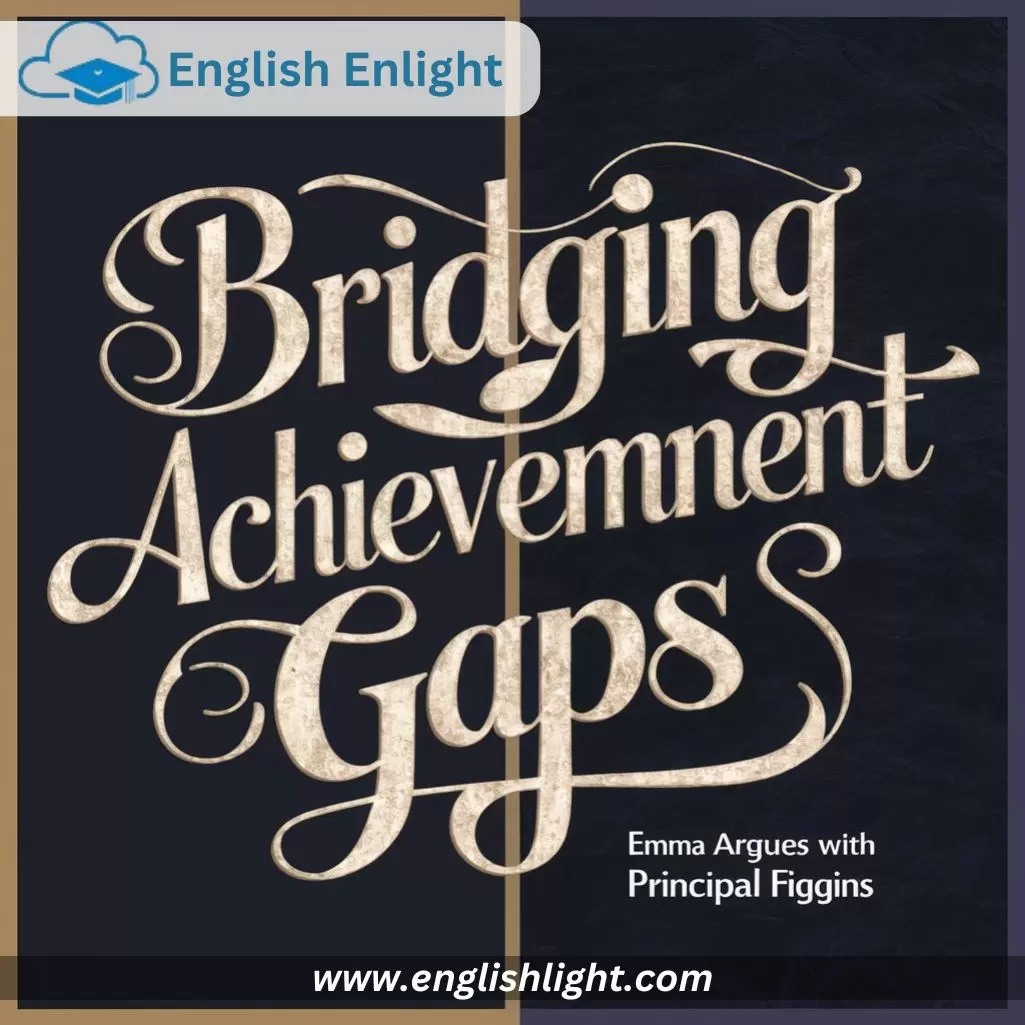
In today’s educational landscape, bridging achievement gaps remains a pivotal focus. Schools strive to equalize opportunities for all students. Varied teaching methods enhance comprehension across diverse learners. Innovative programs target specific areas of academic need. Individualized support nurtures every student’s potential. Continuous assessment guides instructional adjustments. Collaboration between educators and families strengthens student progress. Ultimately, closing achievement gaps empowers students for future success.
Education research emphasizes tailored interventions for maximizing student achievement. Data-driven strategies inform targeted interventions. Personalized learning caters to individual strengths and weaknesses. Flexible instructional approaches accommodate diverse learning styles. Culturally responsive teaching engages students from all backgrounds. Community partnerships expand resources for equitable education. Ongoing professional development equips educators with effective strategies. By prioritizing equity, schools foster a supportive learning environment for all students.
Addressing Student Trauma
Addressing student trauma is crucial for holistic education. Recognizing signs of trauma enables timely support. Trauma-informed practices promote emotional well-being. Safe and inclusive environments encourage student disclosure. Responsive interventions offer healing and resilience. Counseling services provide personalized support for students. Peer support networks foster a sense of belonging. Collaborative efforts build a supportive community. By addressing trauma, schools cultivate a culture of empathy and understanding.
Empathy underlies trauma-informed approaches in education. Training equips educators to respond sensitively to student needs. Restorative practices repair trust and relationships. Mental health resources prioritize student well-being. Social-emotional learning develops coping skills and resilience. Partnerships with mental health professionals expand support networks. Policy initiatives advocate for trauma-sensitive schools. Through holistic support, schools nurture students’ emotional growth and academic success.
Inspiring Future Education Leaders
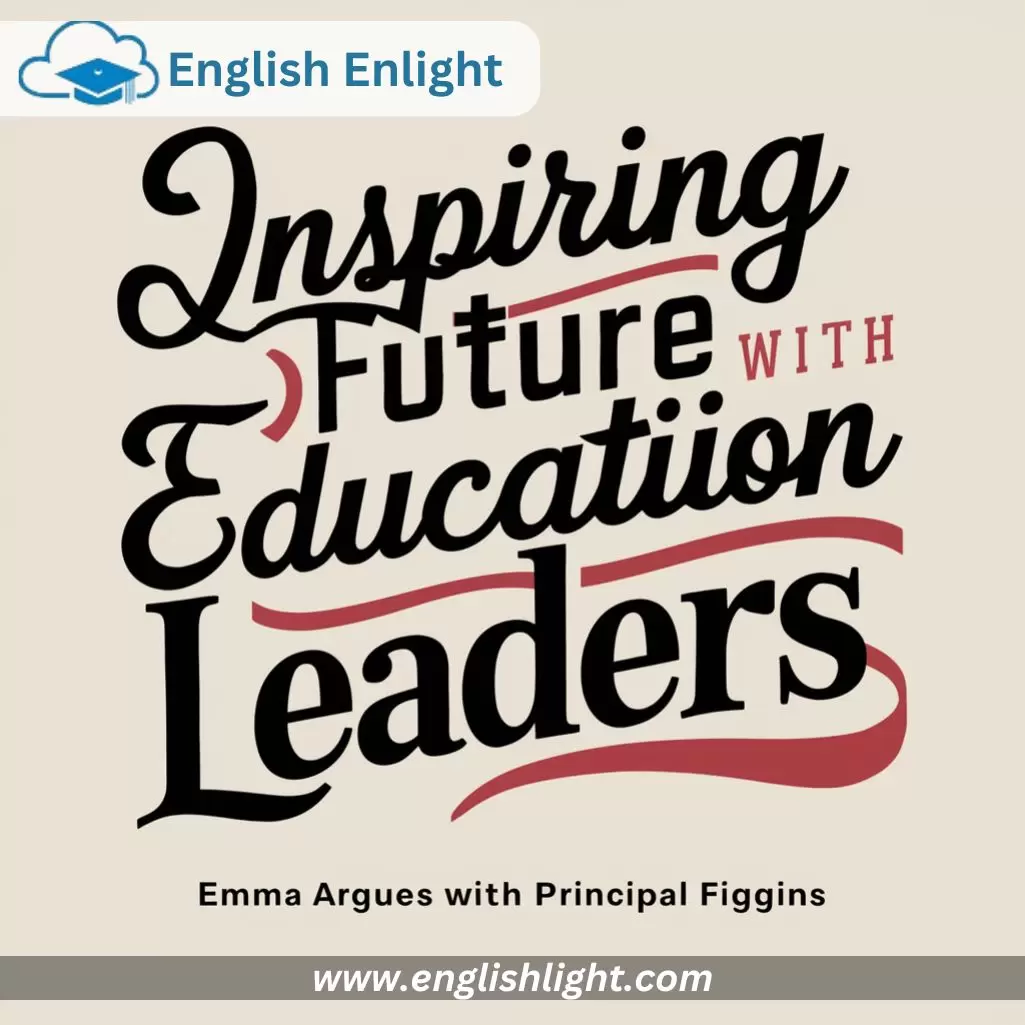
Inspiring future education leaders shapes the trajectory of learning. Mentorship opportunities cultivate aspiring educators’ skills. Leadership development programs nurture emerging talent. Collaborative networks facilitate idea exchange and innovation. Experiential learning immerses future leaders in educational contexts. Advocacy initiatives empower educators to enact positive change. Professional organizations offer ongoing support and resources. By fostering leadership, schools prepare a new generation of educational visionaries.
Leadership transcends administrative roles in education. Visionary leaders champion equity and inclusion. Adaptive leadership guides schools through challenges and opportunities. Reflective practices inform continuous improvement efforts. Shared governance fosters collaboration and collective decision-making. Inspirational leadership motivates stakeholders toward a common vision. Educational leadership extends beyond the classroom to shape policy and practice. Through effective leadership, schools pioneer transformative change in education.
Balancing Academics and Wellness
Balancing academics and wellness ensures holistic student development. Integrated approaches promote physical and mental well-being. Health education equips students with lifelong wellness skills. Mindfulness practices enhance focus and self-regulation. Physical activity supports overall health and cognitive function. Nutrition initiatives encourage healthy eating habits. Mental health resources address stress and anxiety. By prioritizing wellness, schools foster a culture of thriving and resilience.
Holistic education recognizes the interconnectedness of academic and wellness outcomes. Comprehensive wellness policies integrate health promotion into the curriculum. Student support services offer personalized care and intervention. Positive school climates nurture emotional safety and belonging. Coordinated efforts ensure access to wellness resources for all students. Family engagement reinforces healthy habits at home. Collaborations with community partners expand wellness initiatives. By prioritizing holistic development, schools prepare students for success in all aspects of life.
Overcoming Systemic Barriers
Systemic barriers refer to institutional obstacles that prevent certain groups of people from fully participating in society. These barriers can manifest in various forms such as discrimination, inequality, and limited access to resources or opportunities. Overcoming these barriers requires collective action and policy changes aimed at promoting equity and inclusion.
Efforts to overcome systemic barriers often involve advocacy, education, and empowerment initiatives targeted towards marginalized communities. By addressing root causes of inequality and discrimination, societies can create a more fair and just environment for all individuals to thrive. Through awareness campaigns and community engagement, progress can be made in breaking down these barriers and building more inclusive societies.
Responding to Cultural Shifts
Cultural shifts refer to changes in attitudes, values, and beliefs within a society over time. These shifts can be influenced by various factors such as technological advancements, globalization, and social movements. Responding to cultural shifts requires adaptability and open-mindedness to embrace diverse perspectives and new ways of thinking and living.
Adapting to cultural shifts involves recognizing and respecting the evolving needs and preferences of individuals and communities. It also entails updating policies and practices to align with changing societal norms and expectations. By embracing diversity and promoting cultural competence, organizations and institutions can effectively navigate cultural changes and foster inclusive environments.
Emma Argues with Principal Figgins on Addressing Educator Biase
Emma, a passionate advocate for fairness in education, confronts Principal Figgins regarding teacher bias. She emphasizes equality in the learning environment, urging Figgins to implement training programs for educators. Emma stresses the need for awareness of implicit biases that may affect student outcomes.
Principal Figgins acknowledges Emma’s concerns, committing to diversity and inclusion initiatives within the school. He agrees to workshops on recognizing and overcoming biases. Figgins assures Emma of his dedication to creating an equitable educational setting where all students feel valued and supported.
Impacts of Social Media
Social media wields significant influence on society, shaping opinions and behaviors. Its widespread use fosters connection but also poses challenges such as cyberbullying and misinformation. Studies highlight its role in mental health issues among youth, raising concerns about excessive screen time.
Despite drawbacks, social media serves as a platform for activism and awareness campaigns, driving social change. It facilitates information dissemination and community building. However, privacy concerns persist, prompting calls for regulation to safeguard user data and mitigate online risks.
Fostering Hope Amid Hardships

In times of difficulty, hope can be a beacon. It’s a vital emotion that keeps us going. Even in the darkest of times, finding hope can spark resilience. Stories of overcoming adversity often center on hope as the driving force. Individuals facing challenges often cling to hope as their lifeline. Through hope, people can find the strength to persevere.
Moreover, fostering hope isn’t just personal; it can be collective too. Communities coming together in solidarity can ignite a sense of hope. Whether it’s through acts of kindness, support networks, or shared experiences, collective hope can be a powerful catalyst for change. It’s a reminder that even in the face of uncertainty, there’s always a glimmer of hope to hold on to.
Critical Features Of this Show
When it comes to entertainment, certain features can make a show stand out. One critical aspect is character development. Engaging, multi-dimensional characters can captivate audiences and drive the narrative forward. Additionally, a compelling storyline with unexpected twists and turns can keep viewers engrossed. The pacing of the show is also crucial; it should be dynamic enough to maintain interest without feeling rushed.
Furthermore, the production quality plays a significant role. High-quality visuals and sound design can enhance the viewing experience. Attention to detail in sets, costumes, and special effects can transport audiences into the world of the show. Lastly, originality is key. A unique premise or fresh take on a familiar genre can differentiate a show from others in the same category. Overall, these critical features contribute to a show’s success and popularity among audiences.
Insights on Conflict Resolution:
Conflict resolution involves addressing disputes and finding solutions. Empathy is crucial for understanding others’ perspectives. Active listening promotes effective communication. Compromise fosters collaborative problem-solving. Respect for diversity enhances conflict resolution. Mediation offers neutral facilitation. Positive language encourages constructive dialogue. Emotional intelligence aids conflict management. Boundaries ensure healthy relationships. Forgiveness promotes healing after conflict.
In conflict resolution, empathy plays a vital role. Understanding others’ feelings fosters empathy. Empathetic listening promotes trust and connection. Acknowledging emotions validates individual experiences. Empathy reduces animosity and promotes cooperation. Empathetic communication enhances conflict resolution efforts. Empathy cultivates compassion and emotional intelligence. Empathy fosters peaceful resolution of conflicts. Empathy strengthens relationships and builds trust. Empathy contributes to harmonious interactions in society.
The Role of Empathy in Education:
In education, empathy is a cornerstone for student development. Teachers model empathetic behavior in the classroom. Empathetic educators nurture students’ emotional growth. Empathy fosters inclusive learning environments. Empathetic teaching promotes student engagement. Empathy encourages peer support and collaboration. Empathy cultivates respect for diverse perspectives. Empathetic educators address students’ individual needs. Empathy enhances classroom dynamics and student well-being. Empathy empowers students to navigate social interactions.
Navigating Ethical Dilemmas in Discipline:
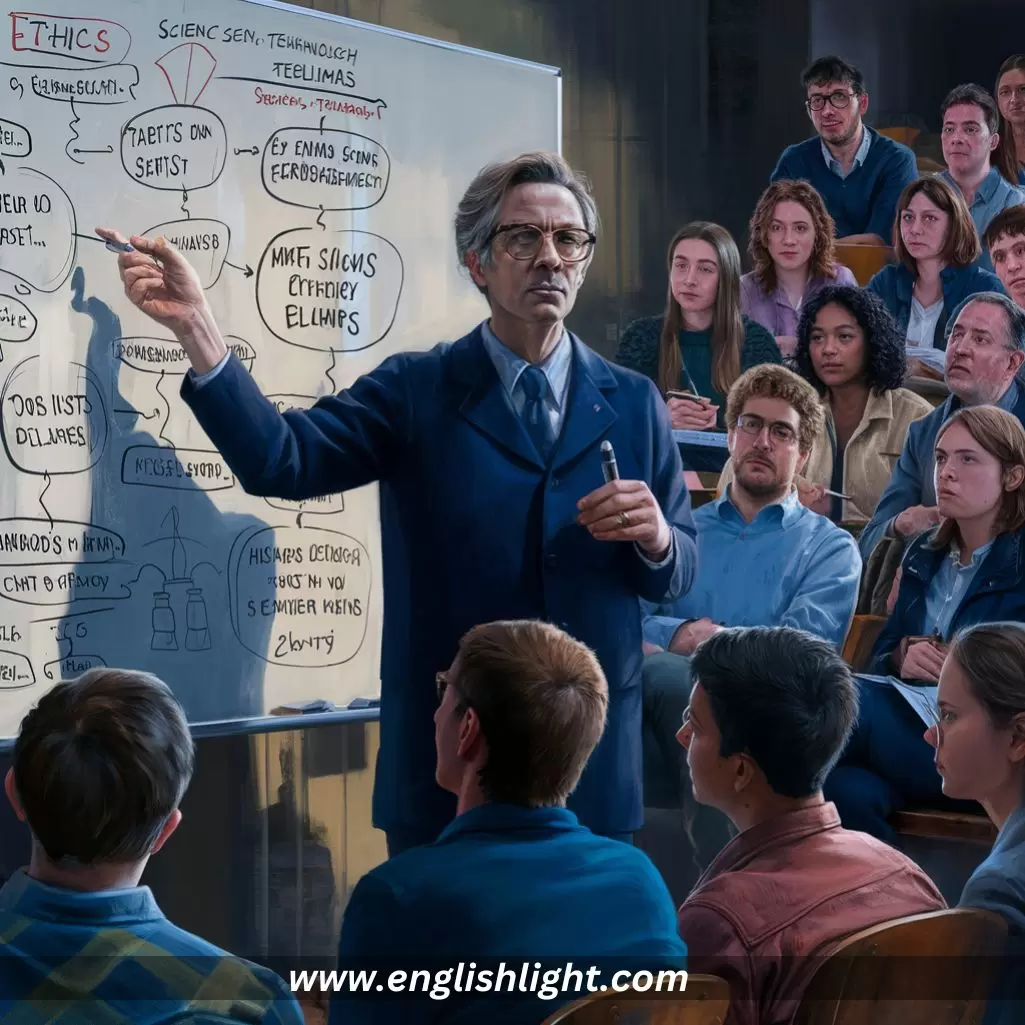
Discipline requires balance and fairness. Ethical dilemmas arise often. It’s vital to navigate them carefully. Teachers must consider all perspectives. Fairness preserves trust in discipline. Transparent communication fosters understanding. Engage students in discussions about discipline. Encourage empathy and self-reflection. Uphold consistency in disciplinary actions. Ensure consequences align with behavior. Seek guidance from colleagues and mentors. Embrace continuous learning and improvement.
Ethical dilemmas challenge educators daily. Complex situations require thoughtful responses. Prioritize students’ well-being above all. Consistent application of rules is key. Avoid bias and favoritism in discipline. Embrace restorative practices when possible. Seek parental involvement and support. Educate students about rights and responsibilities. Foster a culture of respect and understanding. Ethical decision-making builds trust and integrity.
Conclusion
In conclusion, “Emma Argues with Principal Figgins” sheds light on the complexities of communication and conflict resolution within educational settings. Through the narrative of Emma’s confrontation with Principal Figgins, readers are reminded of the importance of expressing concerns constructively and engaging in productive dialogues, even in challenging situations. This narrative serves as a valuable reflection point for individuals to assess their own communication styles and consider how they can contribute to fostering positive relationships and resolving conflicts effectively.
Moreover, the insights provided by the depiction of student-administrator dynamics in the article offer a deeper understanding of the challenges faced within school environments. By highlighting the consequences of miscommunication and the benefits of addressing conflicts proactively, readers are encouraged to prioritize open and respectful communication in their interactions. Ultimately, effective communication emerges as a key factor in maintaining harmonious relationships and promoting a conducive learning environment for all.
Furthermore, the broader context provided by the reference to the Glee TV show underscores the relevance of the themes explored in “Emma Argues with Principal Figgins” within popular culture. The portrayal of conflicts between characters like Emma and Principal Figgins serves as a reflection of real-world challenges faced by educators and administrators. By resonating with audiences worldwide, narratives like these not only entertain but also provoke critical reflection on issues pertinent to society. Thus, “Emma Argues with Principal Figgins” stands as a compelling narrative that prompts readers to consider the significance of effective communication and conflict resolution in various aspects of their lives.

Hi, I’m Joshua Lee, the author of English Enlight website, where I share helpful tips and insights to enhance your English skills. Join me on this journey of language learning and discovery!
